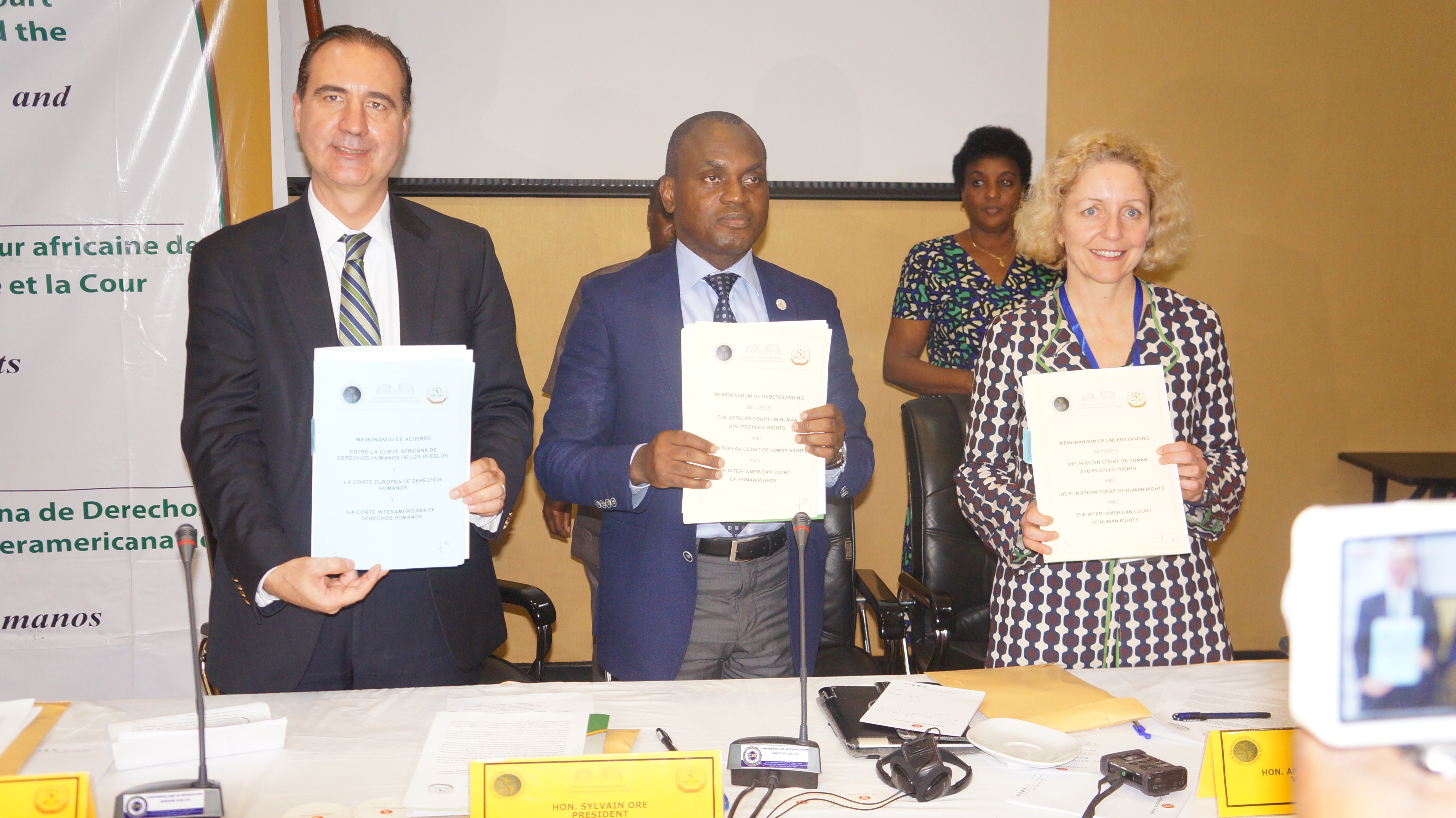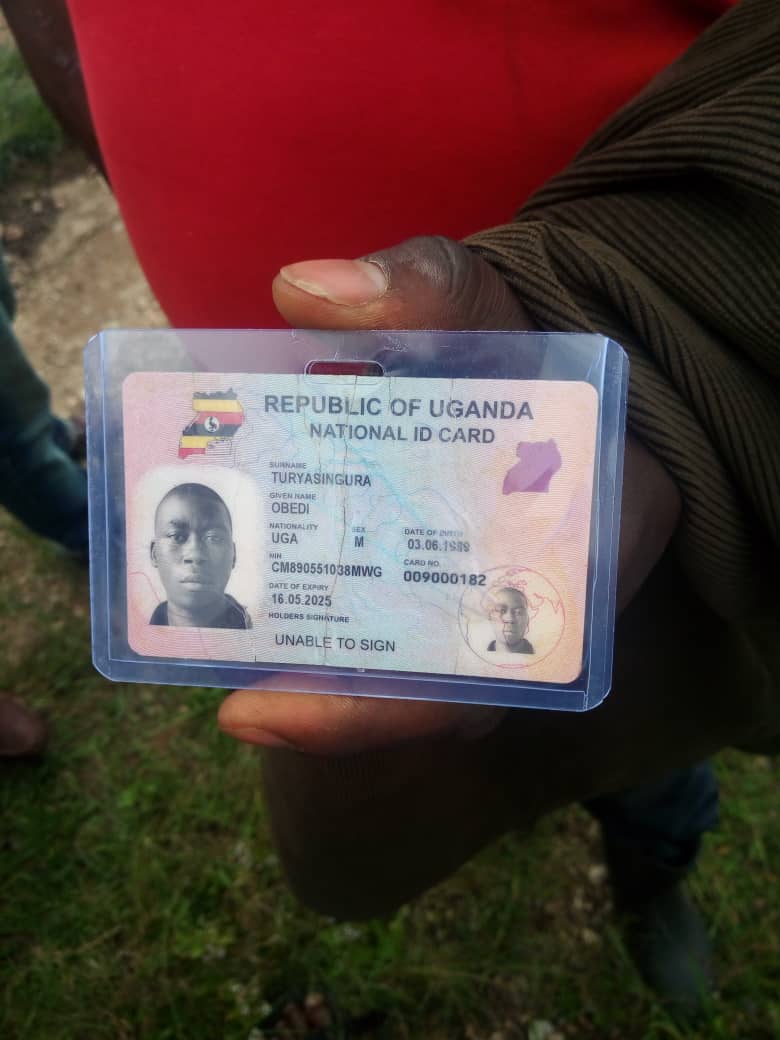By Ruth Anderah
Presidents of three regional human rights courts have signed a Memorandum of Understanding (MOU) to promote collaboration.
The agreement was signed by Justice Sylvain Ore, president of the African Court on Human and Peoples’ Rights, Angelika Nussberger, Vice president of the European Court of Human Rights and Eduardo Mac-Gregor Poisot, president of the Inter-American Court of Human Rights.
The MOU signed at the end of the first meeting of the International Human Rights Forum is meant to tackle common challenges of migration, terrorism and climate change.
The event preceded the 4th African Judicial Dialogues that opens this morning in Munyonyo, Kampala under the theme; Tackling Contemporary Human Rights Issues: The Role of the Judiciary in Africa.
The meeting was hosted by the African Court and attended by judicial officials from the European Court of Human Rights and Inter-American Court of Human Rights under the theme “Operationalizing the International Human Rights Forum and Enhancing Jurisprudential Dialogue.”
Addressing journalists after the signing, the president of the African Court Justice Sylvain Ore said the MOU will foster cooperation and information sharing that will boost human rights protection.
He said other areas of collaboration will include initiation of steps to develop a public online platform to express the main jurisprudential lines of the three courts. “We should have a certain harmonization on judgements we deliver. We had it in mind when we reached this memorandum of understanding,” he said.
Speaking after the signing ceremony, Nussberger said the agreement is further proof that the three courts are committed to building human rights everywhere for everybody.
The courts will collaborate on issues relating to the organization and operation of the International Human Rights Forum with the aim of strengthening dialogue.
The presidents of the three regional courts also agreed to share vital information that will help expedite the otherwise slow and long process of delivery of justice to victims of human rights violations because the three courts face similar challenges.
This is the first time the three presidents of the regional courts have come together to pursue common avenues of delivering justice to their respective citizens.








